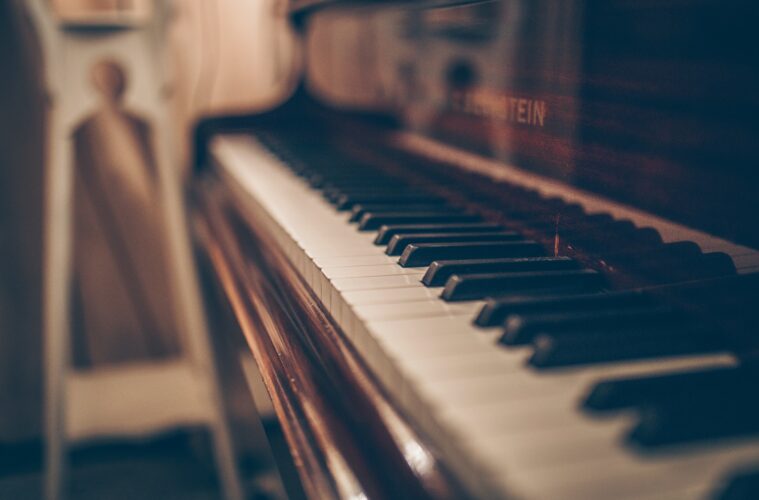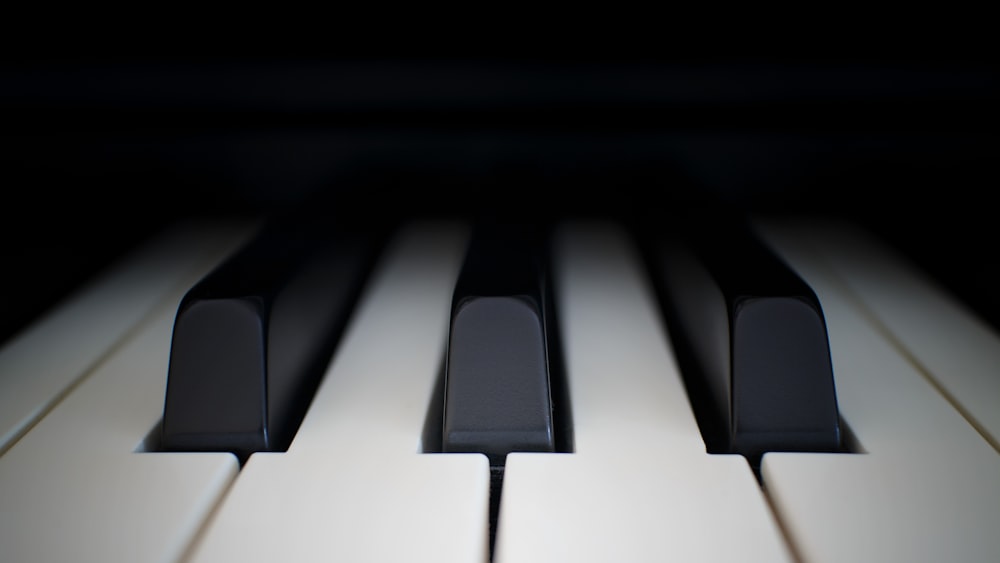The piano is a versatile and timeless musical instrument that has captivated audiences for centuries. Whether you are a beginner or have been playing for years, there are several key aspects of the piano that every enthusiast should be aware of. In this article, we will explore four essential things you should know about the piano, from its rich history to its unique construction and playing techniques.
The History and Evolution of the Piano
The piano has a rich history that dates back centuries. Understanding its origins and evolution can deepen your appreciation for this magnificent instrument. The piano’s predecessors include the harpsichord and clavichord, which were popular during the Baroque era. The invention of the piano is credited to Bartolomeo Cristofori in the early 18th century. Over time, the piano underwent significant developments, including the addition of the sustain pedal and improvements in sound quality and construction.
Throughout history, renowned composers and musicians, such as Mozart, Beethoven, and Chopin, have embraced the piano as their instrument of choice, contributing to its legacy and influence in the world of music.
Piano Playing Techniques and Styles
Mastering piano playing techniques is crucial for expressing musical ideas and achieving desired musical effects. Proper hand positioning and posture are essential for developing a relaxed and controlled playing technique. Learning to read sheet music and understand musical notation enables pianists to interpret and perform a wide range of musical compositions. Exploring various playing techniques, such as legato (smooth and connected), staccato (short and detached), and arpeggios (broken chords), adds versatility and dynamics to your playing.
Additionally, the piano offers a diverse range of musical styles to explore, including classical, jazz, and popular music, each with its own unique characteristics and playing techniques. You can find piano lessons in Singapore or anywhere else by doing some research. Make sure that the tutor has experience and that you’re comfortable working with them.
The Anatomy and Mechanics of the Piano
To fully appreciate the piano, it is essential to understand its intricate anatomy and mechanics. The piano consists of various components, including the keys, strings, soundboard, and hammers. Each key corresponds to a specific pitch, and when pressed, it activates a hammer that strikes the corresponding string, producing sound. The action mechanism of the piano involves a complex system of levers and springs that allows for precise control and responsiveness.
The role of pedals, such as the sustain pedal, soft pedal, and una corda pedal, adds depth and expression to the piano’s sound, allowing pianists to create a range of tonal effects.
Piano Care and Maintenance
Taking proper care of your piano is essential to ensure its longevity and optimal performance. Here are some tips to help you maintain your instrument:
Regular tuning and professional maintenance are vital for keeping your piano in top shape. The tension in the piano’s strings can change over time, affecting its pitch and overall sound quality. Hiring a professional piano tuner to tune your piano at least once or twice a year will help maintain its accurate pitch and ensure that all notes are in harmony.
In addition to tuning, periodic professional maintenance is crucial to address any mechanical issues and ensure that your piano functions smoothly. A skilled piano technician can inspect the piano’s action, pedals, and other components to make any necessary adjustments or repairs.
Proper cleaning and care of the piano’s exterior and keys are important for maintaining its appearance and preventing damage. Use a soft, lint-free cloth to wipe down the surface of the piano regularly, removing dust and fingerprints. For the keys, lightly dampen a cloth with a mild soap solution and gently wipe each key, avoiding excessive moisture.
Creating an optimal environment for your piano is crucial for its well-being. Fluctuations in temperature and humidity can impact the piano’s wooden components, causing them to expand or contract, leading to potential damage. Aim for a temperature between 20-24°C (68-75°F) and a humidity level between 40-50%. Using a humidifier or dehumidifier can help regulate humidity levels if necessary. Avoid placing the piano near windows, heating vents, or areas with direct sunlight, as these factors can affect its stability.
The piano is a fascinating instrument that offers endless possibilities for expression and creativity. By understanding its rich history, the intricacies of its construction, mastering playing techniques, and caring for your instrument, you can enhance your piano-playing journey and fully appreciate the beauty of this remarkable instrument. Whether you aspire to become a professional pianist or simply enjoy playing for personal enjoyment, these four key aspects of the piano will deepen your understanding and love for this timeless instrument.
Published by HOLR Magazine.




